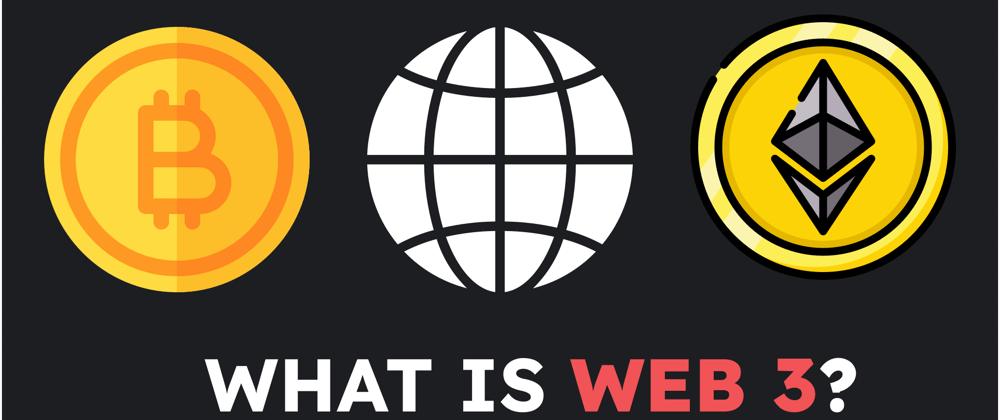The Evolution of the Web
The web has evolved a lot over the years, and the applications of it today are almost unrecognizable from its most early days. The evolution of the web is often partitioned into three separate stages: Web 1.0, Web 2.0, and Web 3.0.
What is Web 1.0?
Web 1.0 was the first iteration of the web. Most participants were consumers of content, and the creators were typically developers who build websites that contained information served up mainly in text or image format. Web 1.0 lasted approximately from 1991 to 2004.
Web 1.0 consisted of sites serving static content instead of dynamic HTML. Data and content were served from a static file system rather than a database, and sites didn't have much interactivity at all.
You can think of Web 1.0 as the read-only web.
What is Web 2.0?
Most of us have primarily experienced the web in its current form, commonly referred to as web2. You can think of web2 as the interactive and social web.
In the web2 world, you don’t have to be a developer to participate in the creation process. Many apps are built in a way that easily allows anyone to be a creator.
If you want to craft a thought and share it with the world, you can. If you want to upload a video and allow millions of people to see it, interact with it, and comment on it, you can do that too.
Web2 is simple, really, and because of its simplicity more and more people around the world are becoming creators.
The web in its current form is really great in many ways, but there are some areas where we can do a lot better.
Web 2.0 Monetization and Security
In the web2 world, many popular apps are following a common pattern in their life cycles. Think of some of the apps that you use on a daily basis, and how the following examples might apply to them.
Monetization of Apps
Imagine the early days of popular applications like Instagram, Twitter, LinkedIn, or YouTube and how different they are today. The process usually goes something like this:
- Company launches an app
- It onboards as many users as possible
- Then it monetizes its user base
When a developer or company launches a popular app, the user experience is often very slick as the app continues rising in popularity. This is the reason they are able to gain traction quickly in the first place.
At first, many software companies do not worry about monetization. They strictly focus on growth and on locking in new users – but eventually they have to start turning a profit.
This article was inspired by:- https://www.epicprogrammer.com/2022/01/what-is-web-3-why-is-it-called-internet_13.html







Top comments (0)